Press Release: Veritas Press C.I.C. Author: Kamran Faqir Article Date Published: 29 Aug 2025 At 11:37 GMT Category: Middle East | Palestine-Gaza | US-Israel At War Source(S): Veritas Press C.I.C. | Multi News Agencies
From Fringe Dream to State Policy:
For decades, the idea of rebuilding a Jewish Third Temple on the site of Al-Aqsa Mosque, a vision rooted in messianic Zionism, was largely dismissed as a fringe fantasy. Today, under the control of far-right ministers in Benjamin Netanyahu’s government, it is edging into official policy.
Palestinians warn that incremental steps, mirroring those used to Judaize Hebron’s Ibrahimi Mosque after 1967, are steadily eroding Al-Aqsa’s Islamic character. Analysts caution that the combination of legal changes, settler incursions, and religious preparations is creating a new status quo, one with potentially catastrophic consequences for Jerusalem’s fragile peace.
Far-Right Ministers Drive The Agenda:
Finance Minister Bezalel Smotrich and National Security Minister Itamar Ben-Gvir, both leaders of extremist religious-nationalist factions, are central to this agenda. Their rhetoric has moved from symbolic to operational:
- Smotrich, at a Jerusalem Day rally in May 2025, declared:
“With God’s help, we will expand Israel’s borders, bring about complete redemption, and rebuild the Temple here.”
- Ben-Gvir has enforced police policies allowing Jewish prayer inside Al-Aqsa, stating:
“The policy allows for prayers on the Temple Mount… I would build a synagogue there.”
- During raids, Ben-Gvir has overseen settlers performing loud Torah readings, singing, prostration, and flag-waving inside the mosque compound, signalling the state’s approval.
This transformation is reinforced by policy shifts: Israeli authorities now regularly expand Jewish visiting hours, restrict Muslim worshippers, and enforce security protocols favouring settler access, undermining decades-old agreements.
Erosion Of The Status Quo:
The status quo, formalised under Ottoman and British rule and recognised in Israel’s 1994 peace treaty with Jordan, allowed Muslims to pray at Al-Aqsa while Jews could visit but not worship. This fragile balance is disintegrating:
- Jewish prayer now tolerated and encouraged: In 2024, Ben-Gvir’s policy legalised group prayers and loud rituals inside Al-Aqsa.
- Waqf authority hollowed out: Jordanian custodianship is undermined, as Israel controls repairs, staffing, and donations.
- Incremental encroachments: Settler groups have escalated incursions, now numbering over 57,000 participants in 2024, nearly double the figure from five years earlier.
Aouni Bazbaz of the Waqf explained:
“This is a pivotal stage aimed at forcibly imposing Jewish sovereignty over Al-Aqsa Mosque.”
Settler Incursions And The Hebron Precedent:
Al-Aqsa is following a familiar pattern from Hebron. After 1967, the Ibrahimi Mosque, a site sacred to both Jews and Muslims, was first divided temporally: Jews and Muslims were allocated separate prayer times. Over decades, physical partitioning and security measures ensured full Israeli control over parts of the complex, restricting Palestinian access.
Palestinians fear that Al-Aqsa is on the same trajectory:
- Temporal segregation is already enforced through scheduled access times.
- Administrative control is being stripped from the Waqf.
- Symbolic normalisation is achieved through public Jewish rituals, Torah readings, and Israeli flags under police protection.
The Waqf official warned:
“What is happening at Al-Aqsa Mosque is not just a series of passing violations… It’s a comprehensive Judaisation project aimed at imposing full Israeli sovereignty over the mosque.”
Religious Preparations: The Temple In Waiting.
While far-right ministers restructure policy, religious organisations prepare the ground:
- Temple Institute and Third Temple Academy have crafted ritual vessels, priestly garments, and altar stones.
- Red heifer breeding programs ensure purification rituals can be performed.
- Priestly students are trained in sacrificial rites, re-enacting offerings like the Korban Pesach.
Chaim Richman, director of the Temple Institute, explained:
“We have enough in place now to resume divine service and to build the Temple… But obviously, a lot of things have to happen in order for this to happen.”
Far-Right Policy Shifts: Legal And Administrative Tools.
The political agenda is not limited to symbolic gestures. Policy changes systematically support settler incursions:
- Education reforms emphasize the Temple Mount as Israel’s ultimate national and religious goal.
- Tourism and religious ministry funding promotes Jewish heritage visits to Al-Aqsa.
- Security protocols favour Jewish worshippers and restrict Muslim entry, especially during religious holidays or political anniversaries.
These measures mirror Hebron’s gradual transformation, suggesting that incremental, legal, and administrative steps could achieve de facto sovereignty over Al-Aqsa before a physical building project begins.
Timeline: From Hebron to Al-Aqsa – The Road to the Third Temple
| Year | Location / Event | Key Action / Policy | Significance |
| 1967 | Hebron – Ibrahimi Mosque | Temporal division: separate prayer times for Jews & Muslims | First stage of Judaization: sets precedent for incremental control |
| 1967 | Al-Aqsa Mosque | Israel captures East Jerusalem | Status quo maintained but under military occupation |
| 1994 | Al-Aqsa Mosque | The Israel-Jordan Peace Treaty recognises Jordanian custodianship | Formalises Waqf authority; only Muslims pray inside |
| 2000 | Al-Aqsa Mosque | Ariel Sharon’s raid triggers the Second Intifada | First large-scale Israeli violation of the status quo in the modern era |
| 2000s | Al-Aqsa Mosque | Settler incursions increase; Waqf loses control over visits | Incremental erosion of administration and access |
| 2009 | Al-Aqsa Mosque | Over 5,000 settlers participate in raids | Settler normalisation begins |
| 2017 | Al-Aqsa Mosque | Daily settler raids (except Fridays/Saturdays) | Temporal control mirrors the Hebron model |
| 2023 | Al-Aqsa Mosque | Hamas-led “Flood of Al-Aqsa” attack | Conflict escalates; global attention on Gaza distracts from Al-Aqsa changes |
| 2024 | Al-Aqsa Mosque | Jewish prayers allowed inside; police protection for settler groups | Policy shift institutionalises violations of the status quo |
| 2025 | Al-Aqsa Mosque | Ben-Gvir & Smotrich publicly support Temple construction; synagogues proposed inside the compound | Far-right policy explicitly aligns with the religious Third Temple project |
| 2025 | Al-Aqsa Mosque | Waqf authority further restricted; maintenance & staffing require Israeli approval | Administrative control shifted; temporal division increasingly rigid |
| Future | Al-Aqsa Mosque | Potential spatial division and Third Temple construction | Mirrors Hebron precedent: incremental steps lead to permanent control |
Conclusion: Al-Aqsa On The Precipice, A Warning Ignored.
Al-Aqsa Mosque is no longer merely a religious site; it has become the epicentre of a carefully orchestrated political and ideological campaign. What was once a symbol of Islamic heritage and Palestinian identity is now under systematic attack, not by a single act of violence, but through decades of incremental policy, settler incursions, and religious preparations that mirror Israel’s earlier Judaization of Hebron’s Ibrahimi Mosque.
Far-right ministers like Itamar Ben-Gvir and Bezalel Smotrich have transformed fringe theological ambitions into state-endorsed policy. They openly champion the construction of a Third Temple and manipulate domestic law and police authority to erode the Waqf’s control. From restricting Muslim worshippers and enforcing strict temporal divisions to supporting loud Jewish rituals inside Al-Aqsa, every move is a deliberate step toward reshaping the mosque’s identity.
Settler groups, long organised and politically empowered, act as both foot soldiers and symbols of this agenda. Their incursions, once sporadic, are now routine, highly organised, and state-protected, serving as a form of gradual normalisation of Jewish presence and prayer within the mosque compound. This mirrors Hebron’s experience, where decades of incremental policy, security control, and settler activism transformed a shared Islamic site into one dominated by Jewish sovereignty.
Meanwhile, religious organisations like the Temple Institute and the Third Temple Academy prepare the spiritual and material foundations for the Third Temple, from ritual vessels and priestly garments to breeding a ritually pure red heifer. Their meticulous work, long ignored by mainstream media-signals that these efforts are not symbolic but operational, moving Israel closer to a reality many Palestinians have feared for generations.
The international community’s muted response, distracted by the ongoing humanitarian catastrophe in Gaza and regional conflicts, has allowed these incremental violations to advance unchecked. By the time attention returns to Jerusalem, the reality may already be irreversible: Al-Aqsa could be temporally divided, physically partitioned, and administratively neutered, paving the way for the Third Temple under the guise of state legitimacy.
A senior Waqf official summarised the stakes starkly:
“Palestinians and the Muslim world must realise the magnitude of the challenge and prepare to confront a plan that is racing against time, before the imposed reality becomes irreversible.”
The Hebron precedent is a warning: incremental steps, once normalised, can become permanent control. The far-right’s fusion of ideology, policy, and religious preparation at Al-Aqsa demonstrates that Israel’s internal political shifts are no longer abstract; they have tangible, destabilising consequences for the mosque and for the future of Jerusalem.
Al-Aqsa’s fate now hinges on whether Palestinian, regional, and global actors recognise the methodical nature of this campaign and respond decisively. Without intervention, the combination of settler encroachment, far-right policy, and Temple preparations could reshape one of the world’s most contested religious sites, transforming it from a symbol of Islamic and Palestinian identity into the centre of a Jewish nationalist project decades in the making.
In short, Al-Aqsa is on the brink, and history shows that once such a transformation begins, reversing it may be impossible.
Tags:
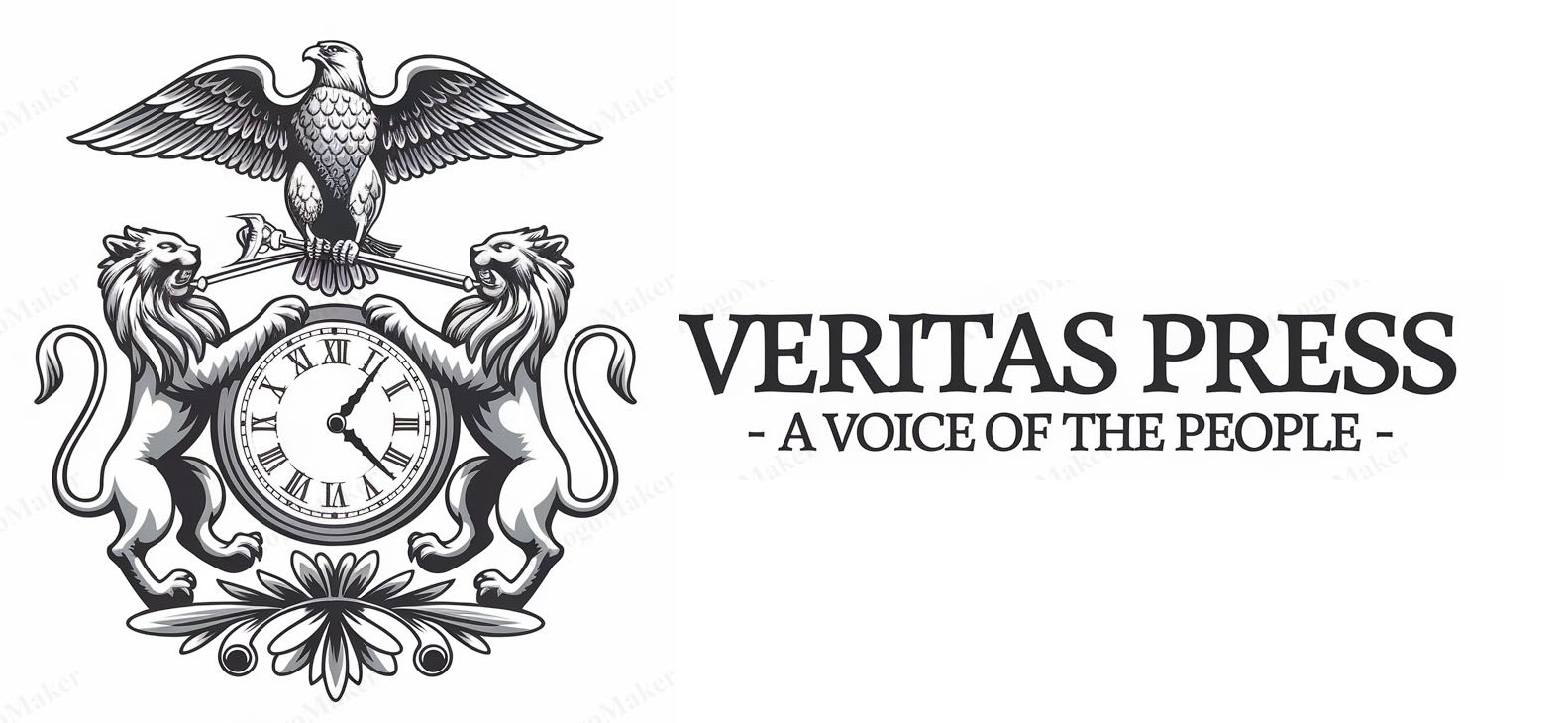

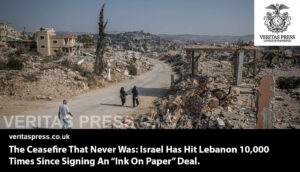






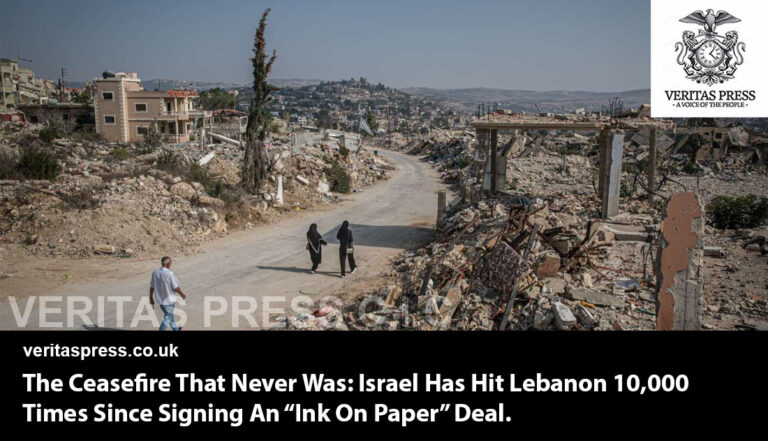

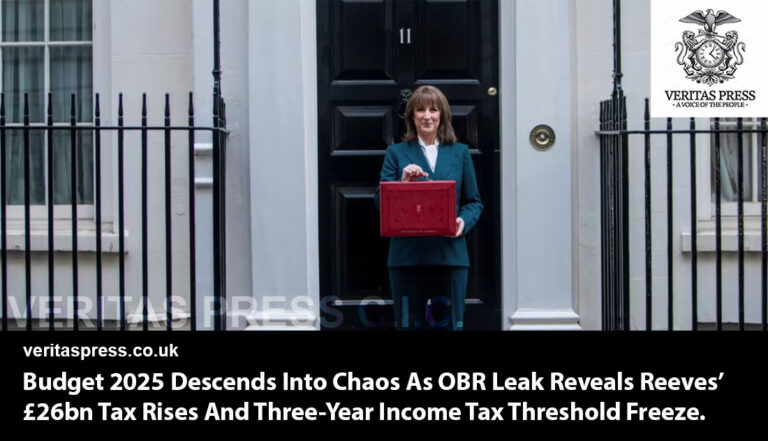





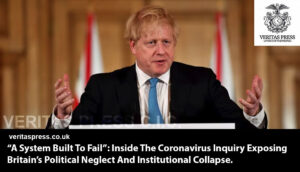
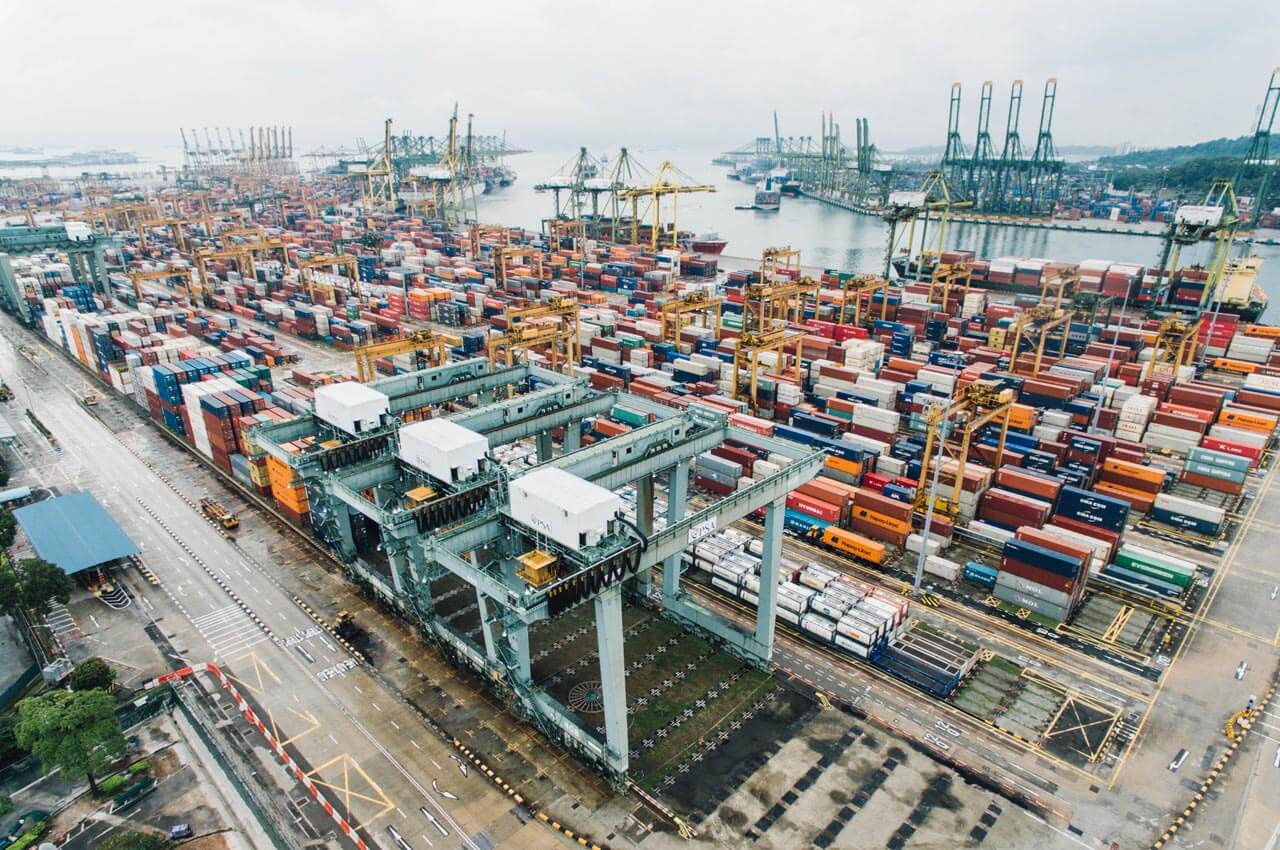
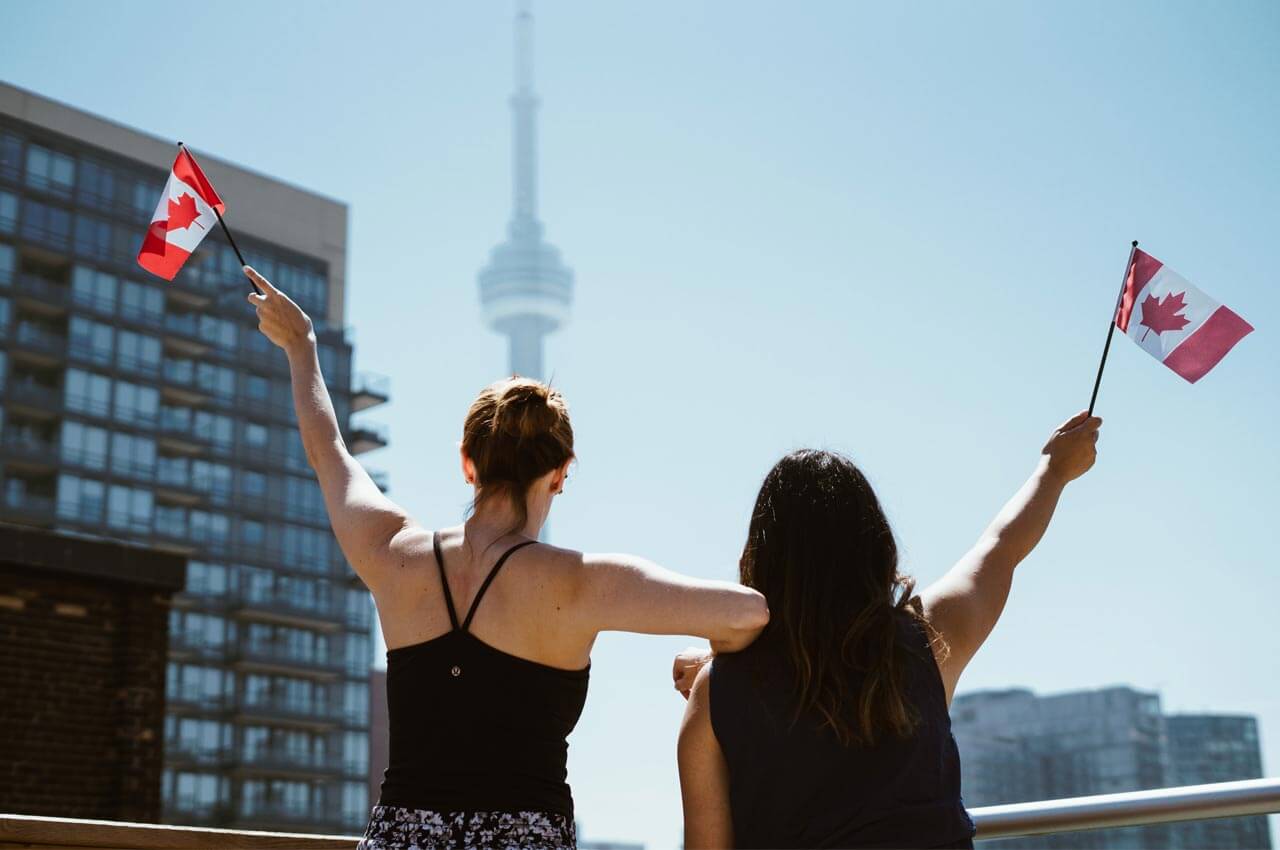
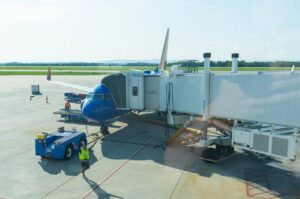







Leave a Reply